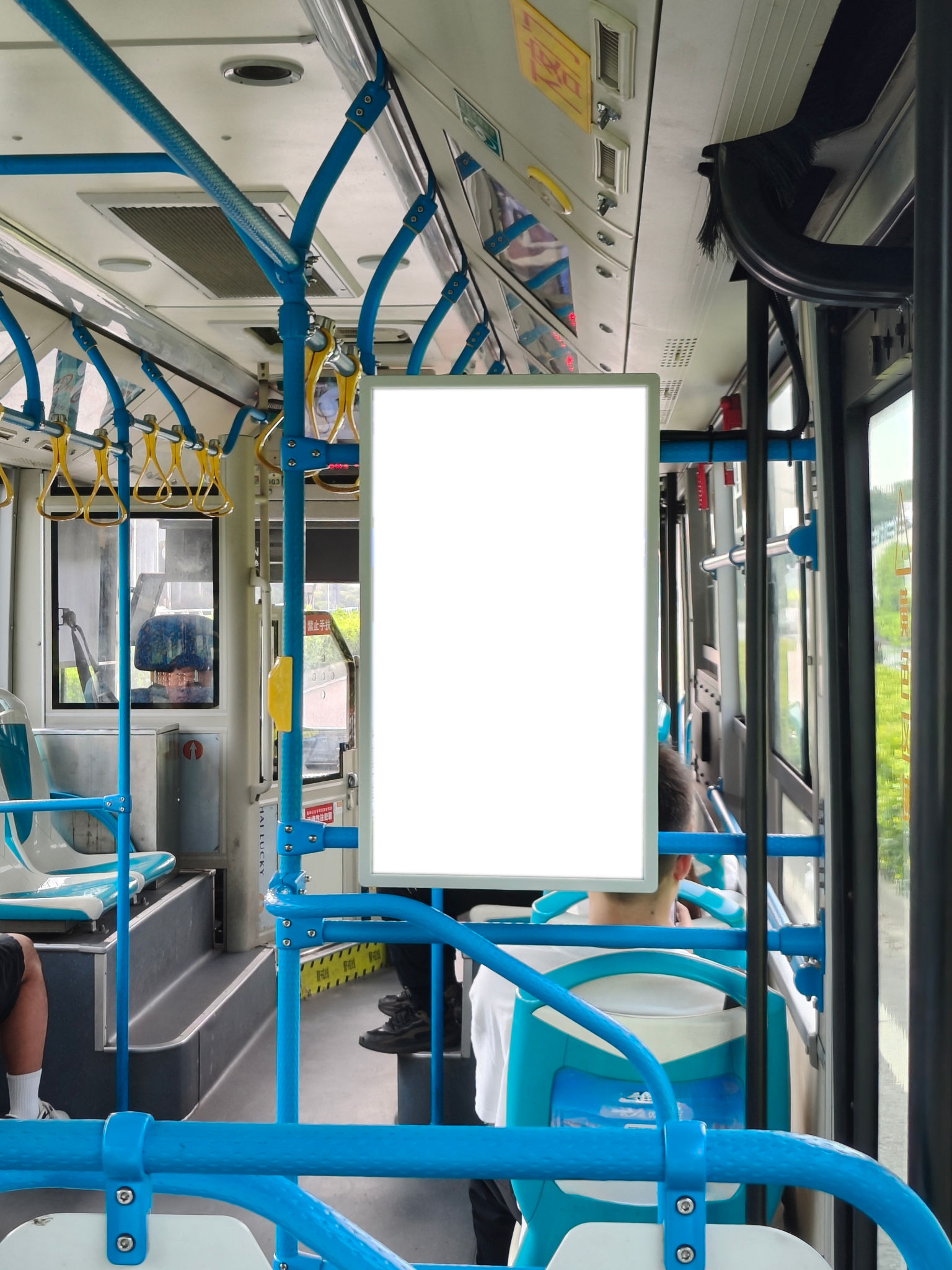Breaking Down the Myths: What You Need to Know About LED Screens
Understanding LED Screens
LED screens have become a staple in modern technology, appearing everywhere from billboards and televisions to smartphones and digital signage. Despite their widespread use, several myths persist about their functionality and effectiveness. In this blog post, we will debunk these myths and provide you with the essential information you need to understand LED screens.

Myth 1: LED Screens Are Inefficient
One of the most common misconceptions is that LED screens consume a lot of energy. In reality, LED technology is known for its energy efficiency. LEDs (Light Emitting Diodes) use significantly less power compared to traditional lighting solutions. This is because they convert most of their energy into light rather than heat, making them an environmentally friendly choice.
Myth 2: LED Screens Have a Short Lifespan
Another myth is the belief that LED screens do not last long. On the contrary, LEDs have a remarkably long lifespan, often exceeding 50,000 hours of use. This longevity is due to their robust construction and the fact that they do not rely on filaments or gases that can degrade over time. Proper maintenance can further extend their life, making them a cost-effective investment in the long run.

Myth 3: LED Screens Are Not Suitable for Outdoor Use
Many assume that LED screens cannot withstand outdoor conditions. However, modern outdoor LED screens are designed to handle various weather conditions, including rain, snow, and direct sunlight. They are equipped with waterproof and UV-resistant materials to ensure optimal performance regardless of the environment.
Advantages of LED Screens
Now that we've clarified some common myths, let's explore the advantages of using LED screens:
- Vivid Colors: LED screens offer vibrant colors and high contrast ratios, making them ideal for displaying dynamic content.
- Flexibility: They can be customized to fit any size or shape, providing versatile display options for different applications.
- Immediate Brightness: LEDs reach full brightness instantly, unlike other technologies that require warm-up time.

Applications of LED Screens
The applications for LED screens are diverse and ever-expanding. From advertising and events to educational tools and interactive displays, their versatility is unmatched. Businesses leverage LED screens for promotional content, while event organizers use them to engage large audiences with stunning visual effects.
Conclusion
LED screens are a powerful tool in both personal and professional settings. By dispelling these myths, we hope to provide a clearer understanding of their benefits and encourage more informed decisions when considering their use. With their energy efficiency, durability, and adaptability, LED screens continue to illuminate our world in innovative ways.